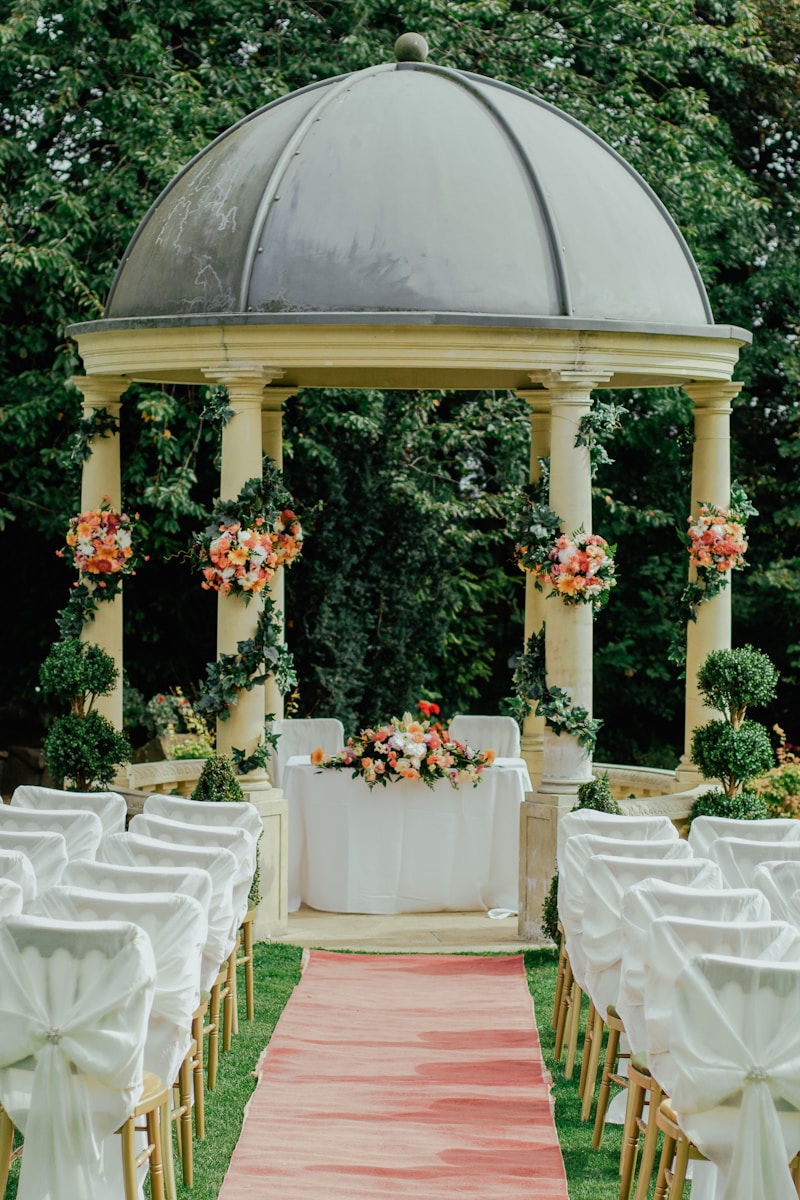How Fabric Influences the Style of Your Wedding Dress
The Essential Role of Fabric in Wedding Dress Design
Choosing the perfect wedding dress is a monumental task for any bride. One crucial aspect that significantly influences not only the aesthetic appeal but also the overall feel and style of the dress is the fabric used. Different fabrics contribute unique textures, weights, and drapes that can articulate various themes and moods for the wedding. This article will explore how fabric influences the style of your wedding dress, along with tips on selecting the right material for your big day.
Understanding Different Fabrics Used in Wedding dresses
Wedding dresses can be crafted from various fabrics, each possessing distinct characteristics. Here are some common fabrics used in bridal wear:
| Fabric | Characteristics | Best Suited For |
| Satin | Luxurious, smooth, and shiny with a slight weight. | Formal weddings and ball gowns. |
| Lace | Delicate, intricate designs, often with floral patterns. | Romantic and vintage-themed weddings. |
| Tulle | Lightweight, sheer, and voluminous. | A-line or princess-style dresses. |
| Chiffon | Soft, flowy, and translucent. | Beach or destination weddings. |
| Organza | Lightweight and crisp with a slightly glossy finish. | Structured designs and layering. |
How Fabric Affects the Silhouette
The silhouette of your wedding dress is one of the most critical elements contributing to its overall style. The fabric you choose can either enhance or detract from your desired silhouette. For example, a ball gown silhouette often requires a heavier fabric like satin or taffeta to maintain the volume and structure. On the contrary, an A-line silhouette may be perfectly complemented by lighter fabrics like chiffon or tulle, which allow for graceful movement.
Furthermore, if you’re aiming for a mermaid-style dress, fabrics that have a good amount of stretch, like crepe or lace, can help to accentuate your curves while remaining comfortable. Therefore, understanding how each fabric interacts with the silhouette of the dress can guide you to make the best choice for your body type and wedding vision.
Color and Fabric Interaction
The color of your wedding dress fabric is equally important and can greatly affect the style. While white and ivory are traditional, many brides are now opting for shades like blush, champagne, or even bold colors that reflect their individuality. The fabric can enhance these colors in various ways. For instance, satin offers a richer appearance that might make the color appear deeper, while tulle provides a softer, ethereal look.

Creating Texture with Fabric
Texture plays a vital role in creating visual interest in a wedding dress. Fabrics like lace can add intricate detail, while silk provides a classic smoothness. Mixing and matching fabrics can also create an appealing textural contrast. For example, a satin bodice can be paired with a tulle skirt to add volume and depth, enhancing the entire design while maintaining elegance.
Be mindful that textured fabrics often require more careful attention to upkeep, especially when it comes to cleaning post-wedding. Understand the care requirements of each fabric to ensure your dress remains in perfect condition for your chosen style.
Bridal Trends and Fabric Choices
With the evolution of bridal fashion, certain fabric trends continually emerge each season. For 2023, sustainable fabrics have gained popularity as eco-conscious brides seek alternatives that reflect their values. Fabrics such as organic cotton, hemp, and recycled synthetics showcase not only environmental responsibility but also innovative design and style.
Similarly, 3D floral appliqué and textured fabrics like fringed or ruched finishes have become trendy, offering a unique spin on traditional bridal wear. Staying updated with these trends can help you choose a fabric that is both contemporary and aligned with your personal style.
Seasonal Considerations
The season in which you marry heavily influences your fabric choice. Summer weddings often benefit from lightweight and breathable fabrics like chiffon or tulle, keeping you cool throughout the day. In contrast, winter brides can opt for heavier fabrics like velvet or brocade, which not only provide warmth but also exude opulence.
| Season | Suggested Fabrics | Style Recommendations |
| Spring | Chiffon, Light Lace | Soft A-line or Sheath Dresses. |
| Summer | Tulle, Lightweight Satin | Flowy, Loose Styles. |
| Fall | Silk, Velvet | Structured and Elegant Looks. |
| Winter | Brocade, Mikado | Heavier and Elaborate Designs. |
The Practical Aspects of Choosing Fabric
When selecting your wedding dress fabric, practicality should not be overlooked. Comfort during your wedding day is paramount. You’ll want a fabric that feels good against your skin and allows for movement throughout a busy day of walking, dancing, and celebrating.
Additionally, consider the venue and style of your wedding. For instance, a rustic barn wedding may look best with a flowing, lightweight fabric that evokes a relaxed atmosphere, while a lavish ballroom affair may call for the elegance of satin or silk.
Fabrics and Body Type
Your body type should also influence your fabric choice. For instance, brides with a curvier figure might consider heavier fabrics like satin, which provide excellent structure and support. On the other hand, brides with a slender frame can opt for lighter fabrics like lace or chiffon that flow beautifully and enhance femininity.
Conclusion
In summary, the fabric of your wedding dress plays a vital role in determining its overall style and feel. By understanding the various fabrics available and how they influence silhouette, texture, and comfort, you can make an informed decision that reflects your personal style and the theme of your wedding. Remember to consider seasonality, trends, and practicality when making your choice. Most importantly, select a fabric that makes you feel beautiful and confident as you take this monumental step in your life. Your wedding dress is not just a gown—it's a reflection of you, and the right fabric will help tell your unique love story.